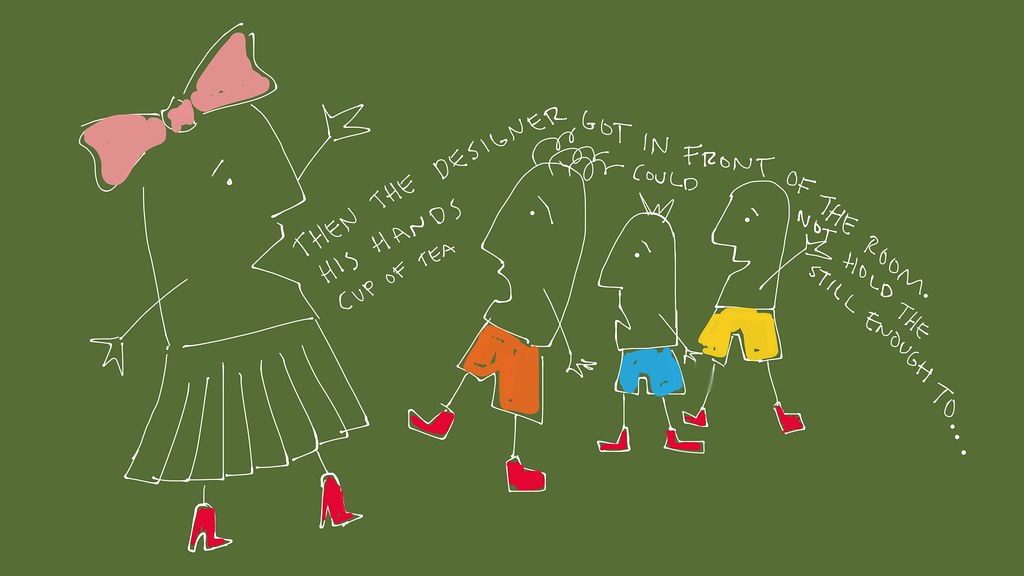Storytelling 101, The Telling

A story can exist on paper, but many times we are telling the story. Whether our audience includes a new group of friends or footwear buyers, focusing on our presence influences a story’s impact. For all those afraid of getting up in front of an audience, or even for stage savvy individuals, the following advices will result in a more impactful delivery. It’s not easy. You need to be vulnerable, enthusiastic, confidant, animated and aware all at the same time. This dance takes practice, but will amplify your storytelling abilities tenfold.
Control Your Voice
The volume and pace of your voice heightens the story’s action. If you want to bring down the action, during a dialogue for example, then literally slow your speech down to lure your listeners closer. Or if something exciting happens, like your main character running through London’s dark alleys, then increase the volume and speed of your voice. A movie might have a narrator and soundtrack, but for your story, it’s all in your voice. Use it to your advantage to keep your audience engaged and wanting more.
Get Your Body Into It
The voice might be the start, but remember that you – all of you – is telling the story. Being more animated makes a punchy story punchier. It might seem odd at first, trust me my first time doing bigger hand motions felt ridiculous, but after the tenth time or so, it’s no big deal. It even gets you more into the story. From an audience’s point of view, a more animated storyteller takes on the same enchantment as watching someone who really feels the music in a club. You can’t help but join in.
Confidence is Key
Confidence displays your expertise on and authority around a moment. It can manifest in a number of ways, starting with your stance. You will feel more grounded in the beginning if your feet are hip width apart, hands rest by your side and shoulder blades squeeze together. When telling your story, make eye contact with your audience members versus just scanning over their face. This is crucial. You will feel more connected with your audience and able to gauge their reactions and emotions.
Make the Audience Do a Little Work
Your charms alone cannot completely captivate an audience. By giving them a little work, their attention levels will sky rocket. First, get the audience to participate. It can be as easy as asking for a response, “Show of hands anyone whose done x.” By breaking their passive state, the audience will remember your story better. Second, enlist your audience’s imagination. If you are describing a house, for example, don’t explain it in full effect. Give the audience one vivid detail and let them sow the rest of that crop.
I have met designers who absolutely love to talk, and others, like my former self, who humbled away from such opportunities. By learning the techniques around telling stories, I now take the baton whenever possible. Each time I remind myself to practice the above guidelines. You can start with any audience who will listen to you and observe their heightened engagement as your skills around building and telling stories climb.